The FCC Announced E-Rate Program Updates. Now What?
EdTech Magazine
JANUARY 20, 2020
After an extended period in limbo, there is more clarity about the federal E-Rate program and what K–12 districts need to know when submitting forms for the next application period and planning future networking needs. The FCC approved the last five-year E-Rate budget in 2014, which was also the first year of the program modernization.





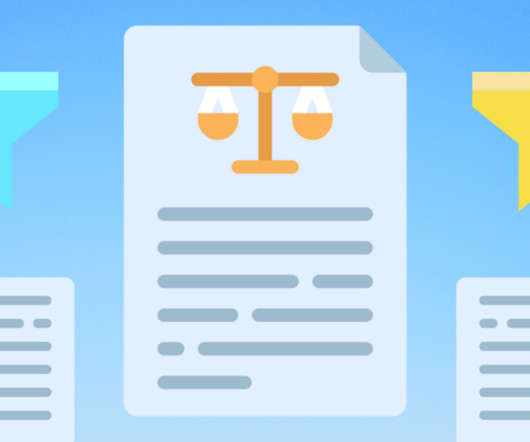

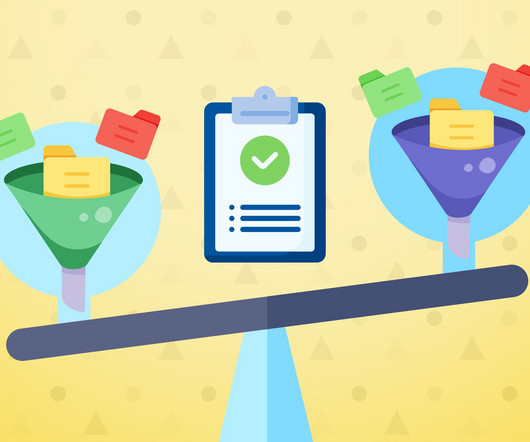

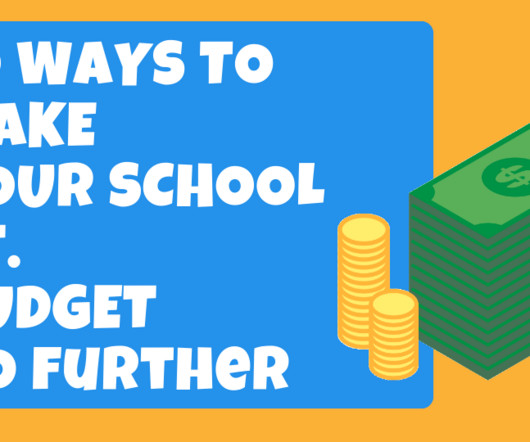










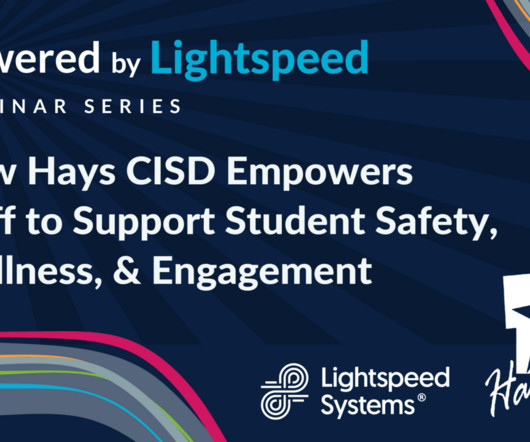

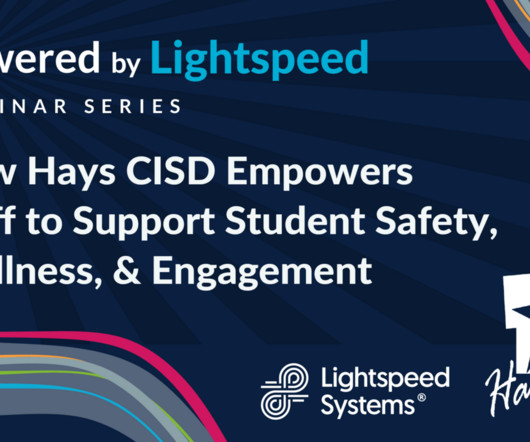

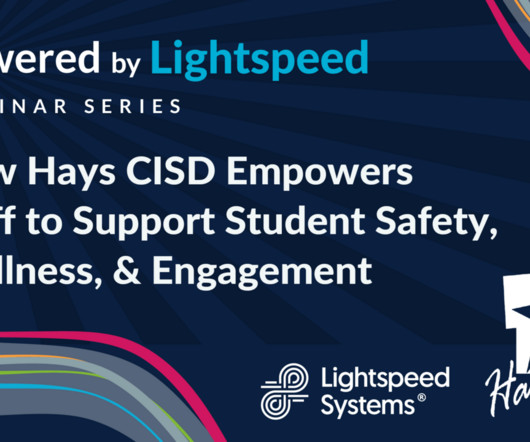











Let's personalize your content